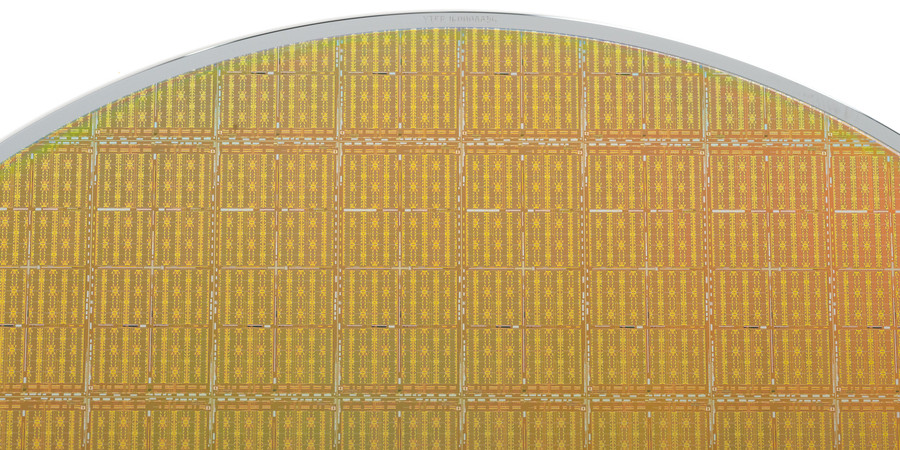Adam Zewe | MIT News Office
October 4, 2022
Microcontrollers, miniature computers that can run simple commands, are the basis for billions of connected devices, from internet-of-things (IoT) devices to sensors in automobiles. But cheap, low-power microcontrollers have extremely limited memory and no operating system, making it challenging to train artificial intelligence models on “edge devices” that work independently from central computing resources.
Training a machine-learning model on an intelligent edge device allows it to adapt to new data and make better predictions. For instance, training a model on a smart keyboard could enable the keyboard to continually learn from the user’s writing. However, the training process requires so much memory that it is typically done using powerful computers at a data center, before the model is deployed on a device. This is more costly and raises privacy issues since user data must be sent to a central server.
Complete article from MIT News.
Explore
MIT Engineers Advance Toward a Fault-tolerant Quantum Computer
Adam Zewe | MIT News
Researchers achieved a type of coupling between artificial atoms and photons that could enable readout and processing of quantum information in a few nanoseconds.
New Chip Tests Cooling Solutions for Stacked Microelectronics
Kylie Foy | MIT Lincoln Laboratory
Preventing 3D integrated circuits from overheating is key to enabling their widespread use.
New Method Efficiently Safeguards Sensitive AI Training Data
Adam Zewe | MIT News
The approach maintains an AI model’s accuracy while ensuring attackers can’t extract secret information.




